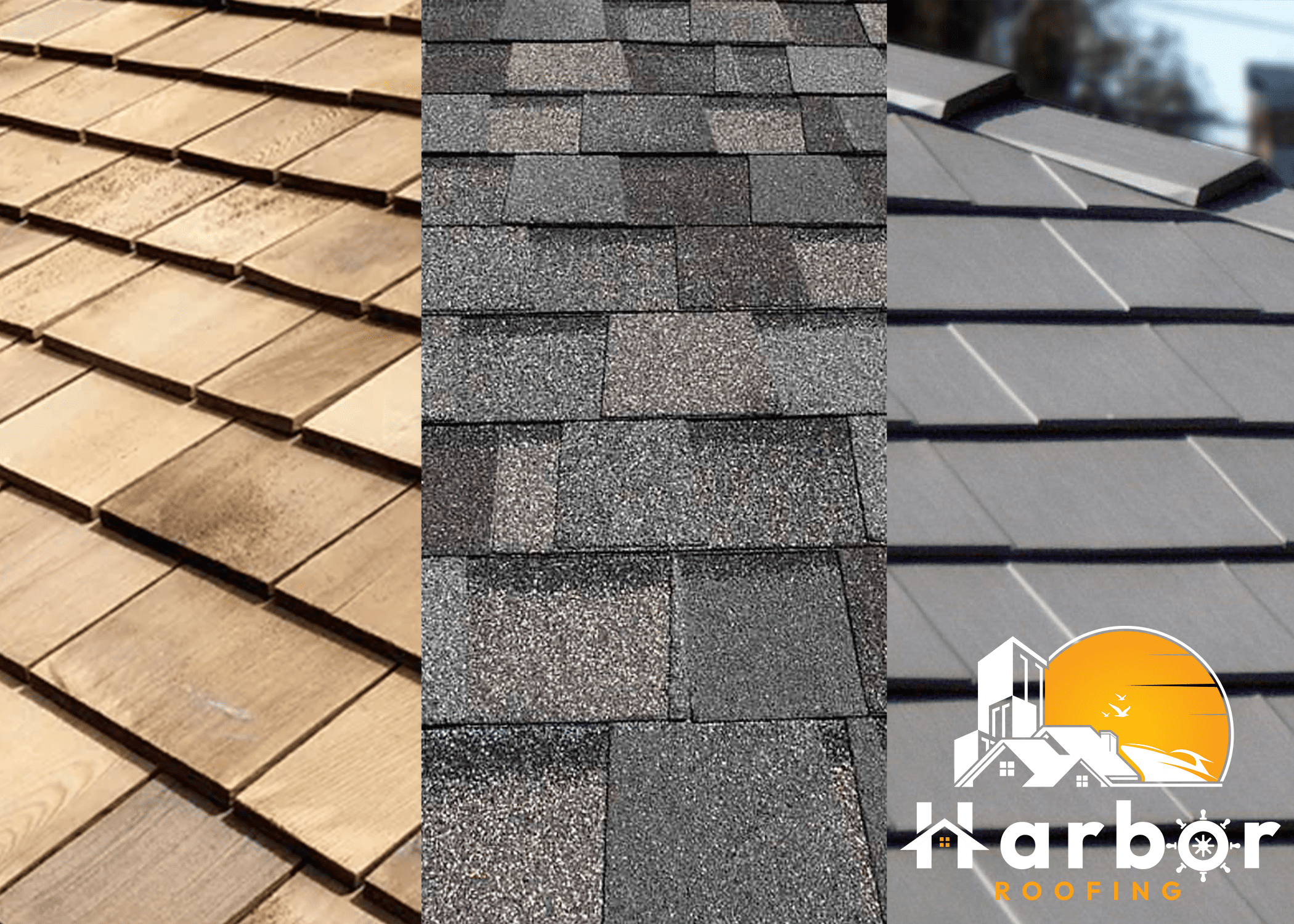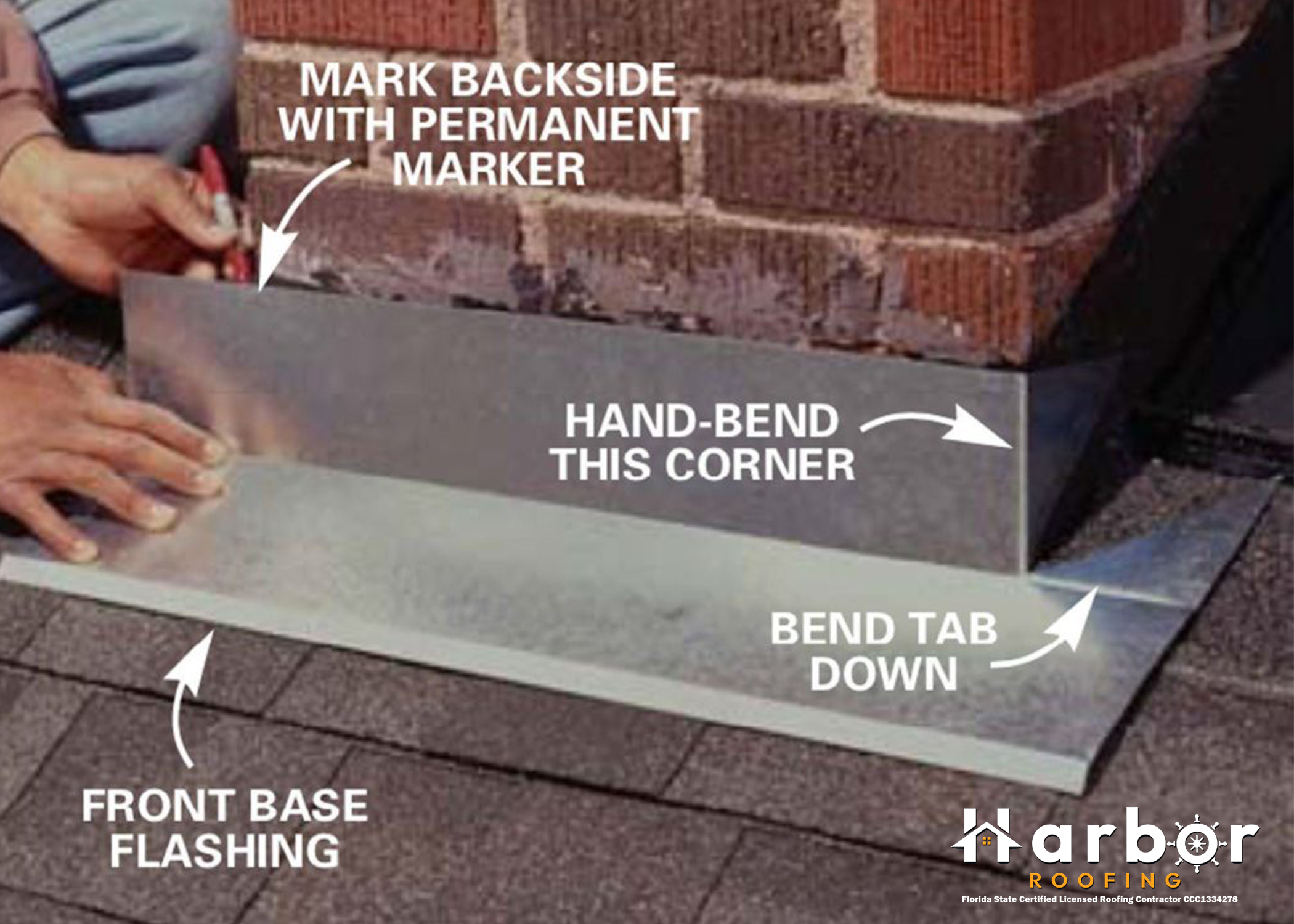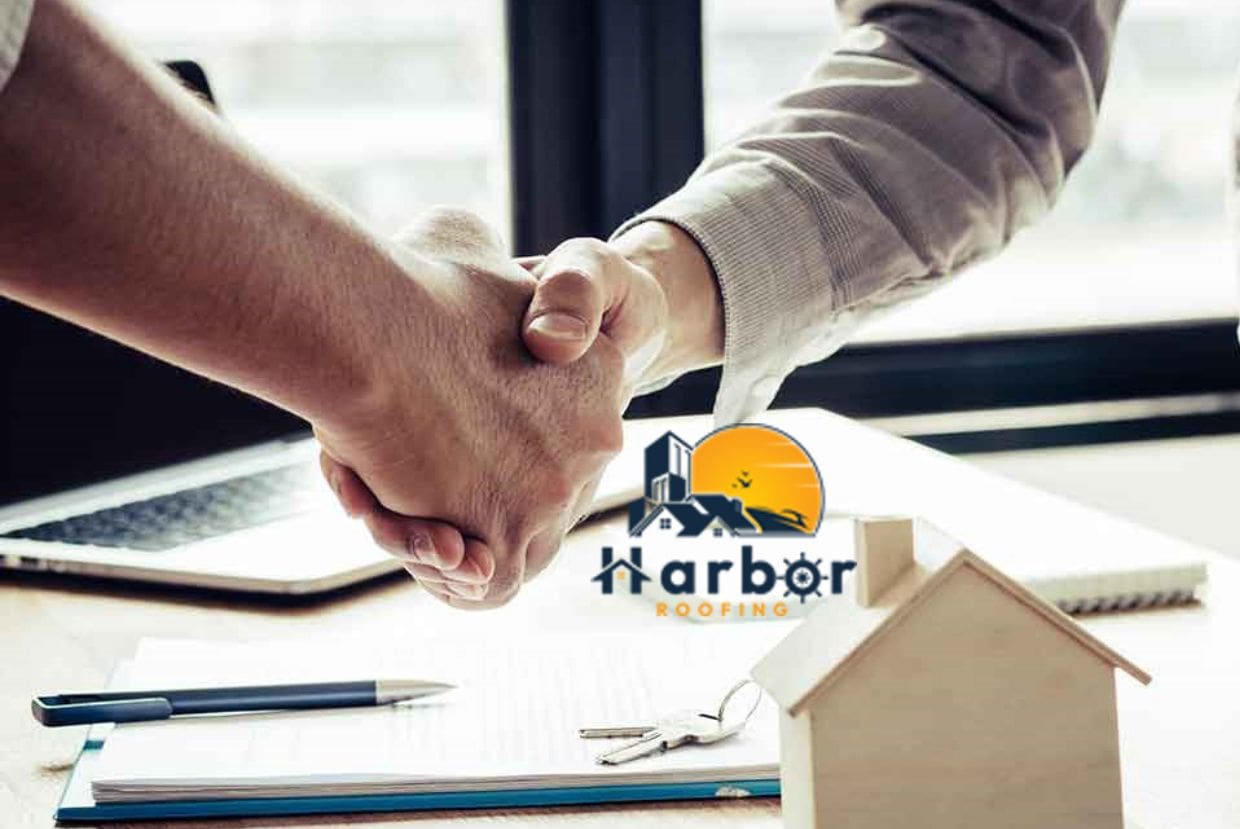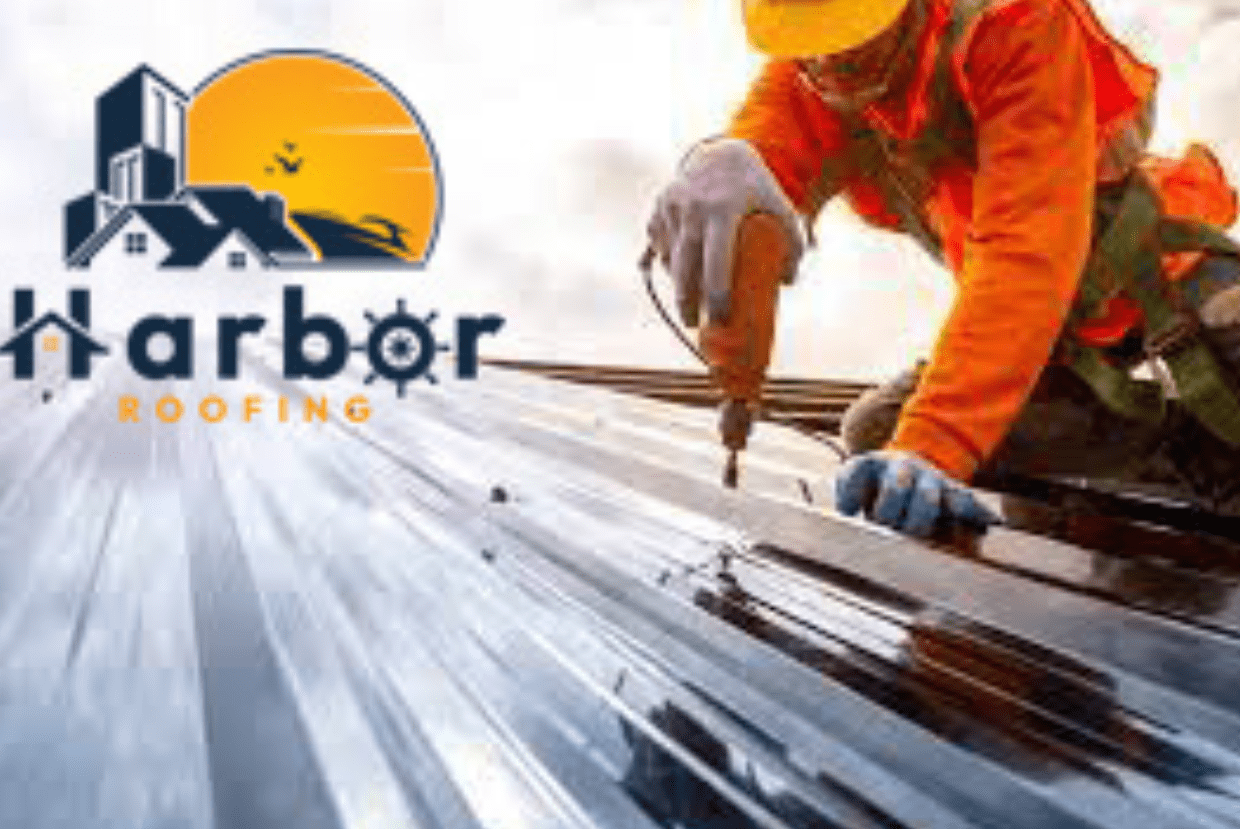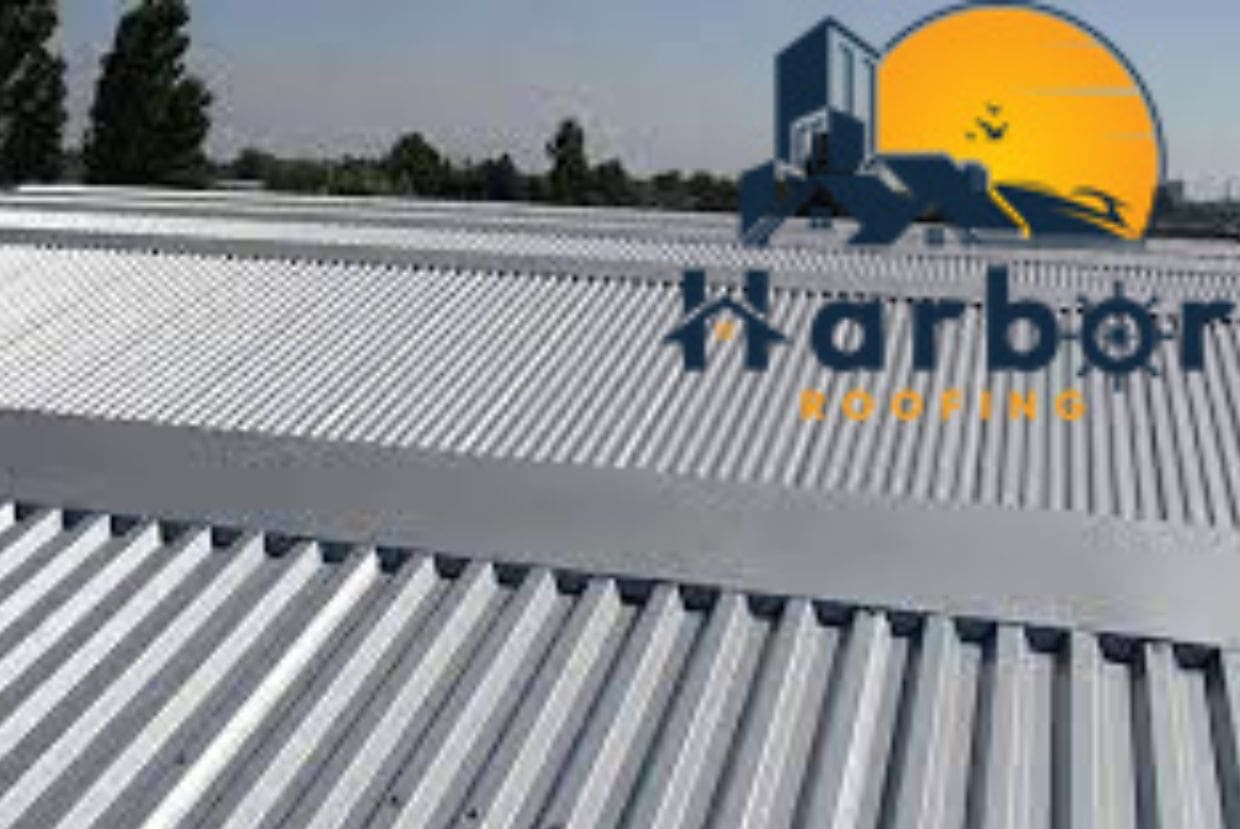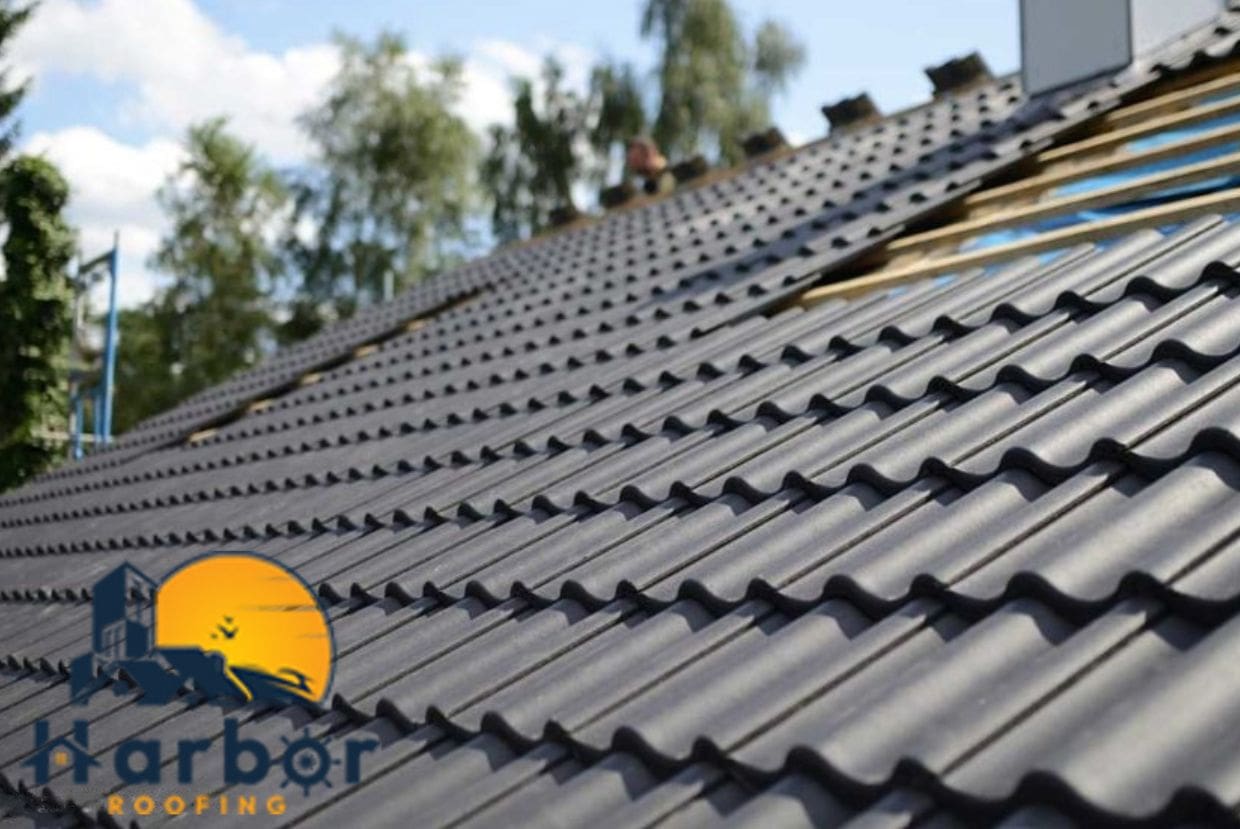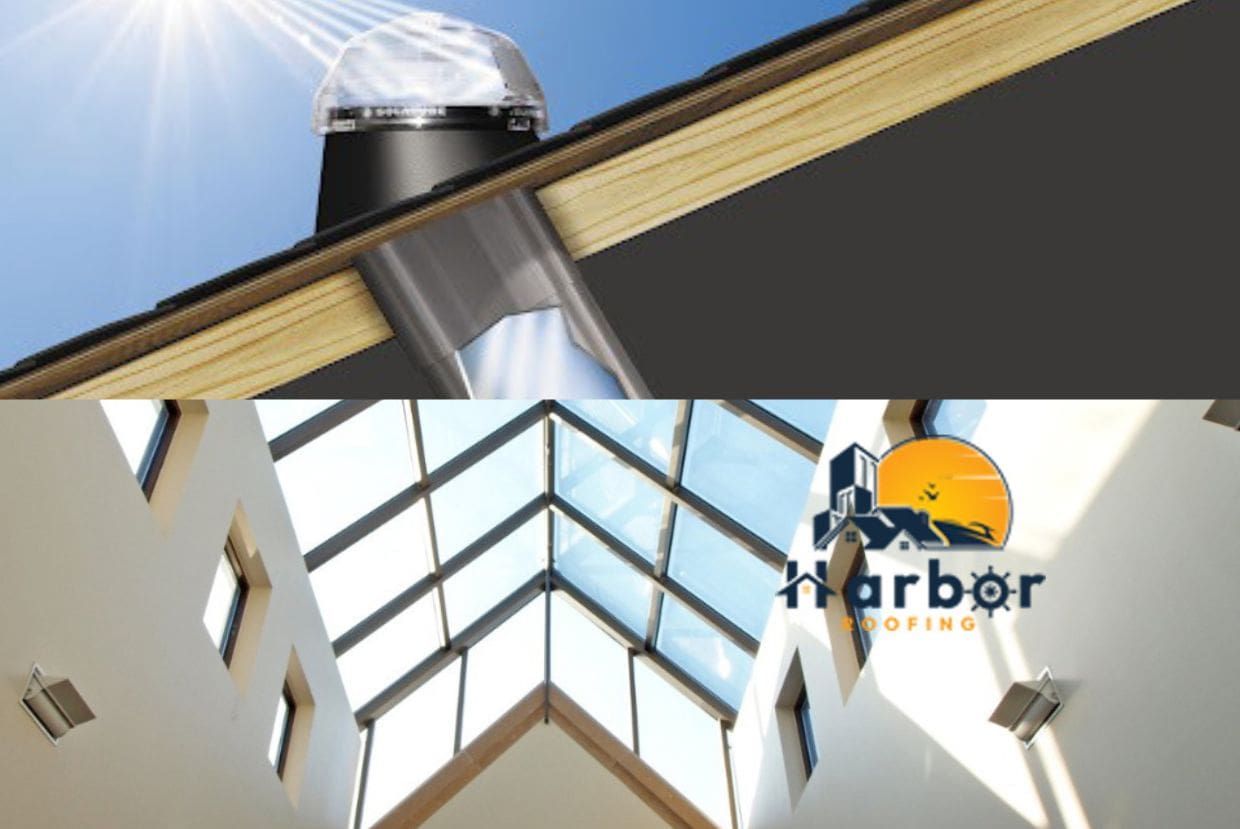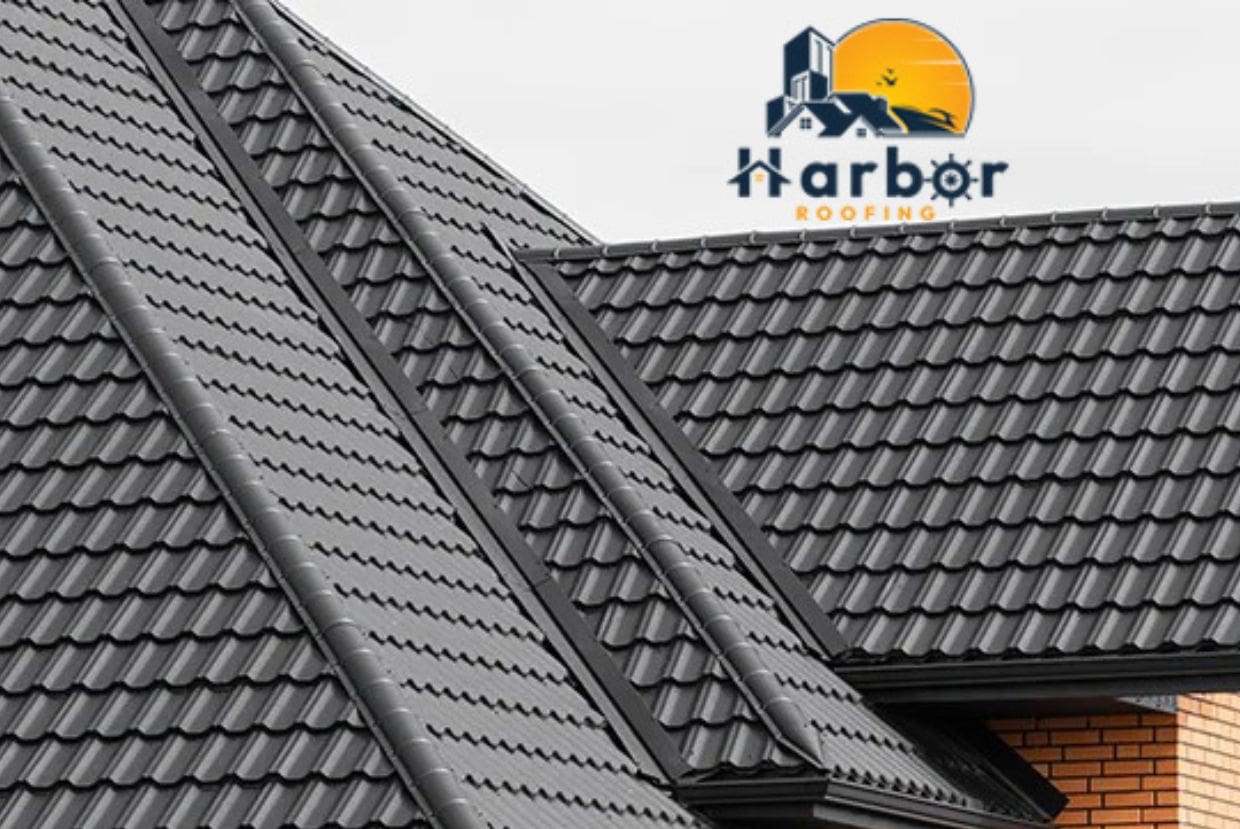A skillion roof has a single flat surface and a steep pitch. Another name for it is “lean-to” or a “mono-pitched” roof, and it is a popular choice for sheds and other outbuildings.
In this article, we will tell you all you need to know about this roof design, including its history, types, uses, pros, and cons. Make sure you keep reading, as what you will find will certainly interest you.
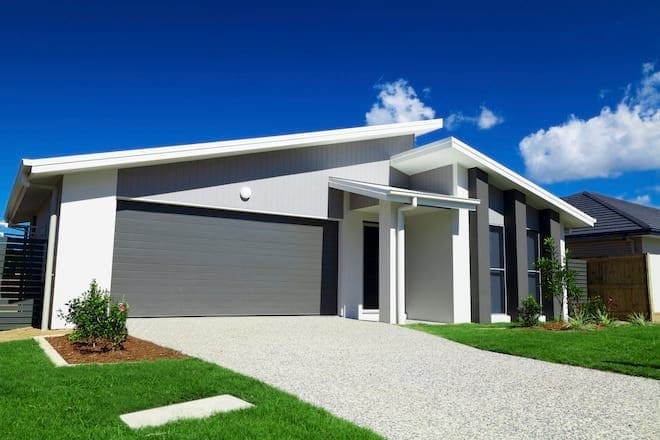
What Is a Skillion Roof?
A skillion roof is characterized by its broad, flat, and steeply pitched surface. In other words, the roof is slanted so that one side is low and the other is high. It is significantly dissimilar to the traditional gabled roof, which has two sloping sides that converge at the roof’s top. You can easily identify a mono-pitched roof from other flat roofs due to its sharp angle.
You will mostly find this roof type on modern, minimalist residences. People also use them, typically for home expansions, sheds, and garages, due to their high pitch and ease of building. Mono-pitched roof are becoming increasingly popular among homeowners who want to achieve a sophisticated, mid-century modern style.
Skillion roofs are typically constructed with rubber skins or metal finishes to provide a sleek appearance. The roof’s steep pitch makes this necessary. Water efficiently sheds from skillion roofs, reducing the need for waterproofing.
History of Skillion Roofs
Although little is known about the origin of skillion roofs, it is widely believed that 20th-century Australian house design had an influence. A skillion roof has a much steeper pitch than the flat roofs that were stylish in the middle of the last century. Australia’s residential blocks are known for their distinctive roof designs; this style is no exception. Sheds, patio covers, and carports all feature this distinct form of roofing.
Today, you would typically see mono-pitched roof only on older farm buildings and outbuildings in rural Australia. However, in many parts of the world, these high-performance roofs are becoming very common in modern residence roof constructions in suburban areas.
Types of Skillion Roofs
The conventional skillion roof has four distinct variants. They include:
- Butterfly/Double skillion roof
- Split skillion
- Oval roof
- Multiple skillion
Butterfly Roof
Butterfly roofs, also known as double skillion roofs, are a special kind of skillion roof in which two sloping panels meet at a central low point. This creates an image that is the polar opposite of a gabled roof, giving the impression that the roof is a butterfly in flight.
Like their flat-roof analogs, butterfly roofs rose to prominence in the mid-twentieth century and are commonly linked with U.S. mid-century modern architecture.
Butterfly roofs are a common choice for modern skillion roofs due to their attractive appearance and practical benefits. First, their slanted surfaces make solar panel installation as simple as on a regular skillion roof. Second, they gather water between the two panels in the valley, allowing for highly effective water drainage. Because of this, they are an excellent choice for buildings in drought-prone regions. Finally, the building’s asymmetrical orientation at both ends makes room for even more expansive windows.
Split Skillion Roof
In a split skillion, one of the roof panels is fixed at a greater elevation than the other. Split roofs are different from butterfly roofs because the two panels do not meet in the middle. A wall that runs along the center of the roof separates the panels. They have panels that slope in opposite directions, mimicking the classic gabled roof style while still providing the advantages of a skillion roof. They can, however, slope in the same way.
Oval Roof
The primary difference between a regular mono-pitched roof and an oval mono-pitched roof is the use of a curved roof panel. The design and construction of an oval skillion roof are more complex and time-consuming than a regular skillion roof, which drives up the price. This means that you will commonly find oval skillion roofs on commercial and industrial structures than private residences. Despite this, they offer a few benefits that a regular skillion roof lacks. In particular, the organic look that the curvature provides makes them more wind-resistant than a typical mono-pitched roof.
Multiple Skillions
Using many skillion roof portions across the building’s surface, typically at varying heights and sizes, defines a multiple skillion roof design. The main skillion roof slopes typically from left to right. However, sometimes, roofers place a smaller part of the roof dipping down to the right over the entranceway for visual contrast.
Pros and Cons of Skillion Roof
Pros
- Excellent water drainage: Skillion roofs are excellent at shedding water because of their design. That’s why, in the long run, they’re a better bet than flat roofs when it comes to keeping water out. If you live in a region that receives a lot of rain or is prone to drought and would like to collect extra rainwater for domestic use, a skillion roof may be a wise choice for you.
- Easier to install than other alternatives: Skillion roofing is one of the quickest roof styles you can install since you can erect it over rafters using this basic method to reach the desired angle. On-site construction of mono-pitched roof by the contractor also reduces material and labor transportation costs. The low number of components required to assemble this roof also makes it an attractive option.
- Provides room for solar panels: Mono-pitched roof are kinder to the environment since they can accommodate many solar panels. Contrary to popular opinion, solar panels perform better when you tilt them by installing at a precise angle in solar farms. Therefore, a mono-pitched roof is preferable to a flat roof because, like a gabled roof, it allows you install solar panels at an optimal angle.
- Gives a stylish, modern look: The timeless and sophisticated look that a mono-pitched roof can provide both the interior and outside of a home is a significant attraction for many modern homeowners. Although mono-pitched roofs have existed for quite some time, they took off after World War II when minimalist, functionalist and other mid-century modern design principles became prominent.
- It is affordable: Mono-pitched roof are an excellent option for individuals in need of a new roof but don’t have a large budget because they are inexpensive and simple to construct.
Cons
- Vulnerable to wind damage compared to gabled roofs: The fact that the mono-pitched roof is susceptible to damage in strong winds is one of its major drawbacks. This is because roofs with multiple slopes are better at dispersing strong winds. While a mono-pitched roof will outlast a flat roof, it won’t withstand harsh weather like a regular gable roof.
- Doesn’t leave room for an attic: The lack of attic space is the major drawback of a skillion roof design. Skillion roofs don’t automatically produce an attic area, unlike gabled roofs, because they only have one flat surface and are often situated at a lower angle. Because of this, they are not ideal for houses that need extra loft space for storage.
How to Build a Skillion Roof
For skillion roofs to stand erect, you don’t need to connect them to anything else. They are also made of a single piece, which makes them easy to put together. You can build a skillion roof using metal, asphalt, or wood shingles. Most of the time, roofers use standing seam metal sheets for the last layer. This gives the roof strong protection from the weather.
When making mono-pitched roofs, it’s crucial to ensure they are level and that the degree of pitch and leveling are correct. As you choose the material, you should also think about the direction and angle of the wind that will be hitting the roof. This will help you avoid damage from storms. You can use metal plating to strengthen the skillion roof and give it the right slopes.
The beams, which are the most essential part of a mono-pitched roof, set the roof’s slope. As you move the roof’s weight to the sides of the house, it keeps the roof stable. While the rafters are moving, the supporting beams keep them stable.
A significant part of the roof frame is also the beams that hold it up. That means you need to pick the right thickness. You also need to put the support bars in the right spot. Generally, roofers lay support beams for mono-pitched roof along the rafters at a 90-degree angle. This kind of beam keeps the building stable and makes it stronger.
Conclusion
Skillion roofs have many desirable qualities, some of which we have stated in this article. This roof design is a joy if you’re on a budget, want to update to something more modern, and don’t need a huge attic.
Choosing a new roof style can be a sport, and we know it. Hence, we put this together for you. Hopefully, reading this guide helps you to make a more informed decision.
Have any questions or comments? Feel free to share them with us.
Frequently Asked Questions
What materials can you use on skillion roof?
A skillion roof is ideal for the installation of any kind of roofing because of its single, level surface. Metal is a common choice, but shingles and tiles are also excellent.
How much does a skillion roof cost?
The installation of a skillion roof will cost you at least $6000. However, keep in mind that costs can shift based on several variables. Size, kind, and pitch of the roof all play a role.
